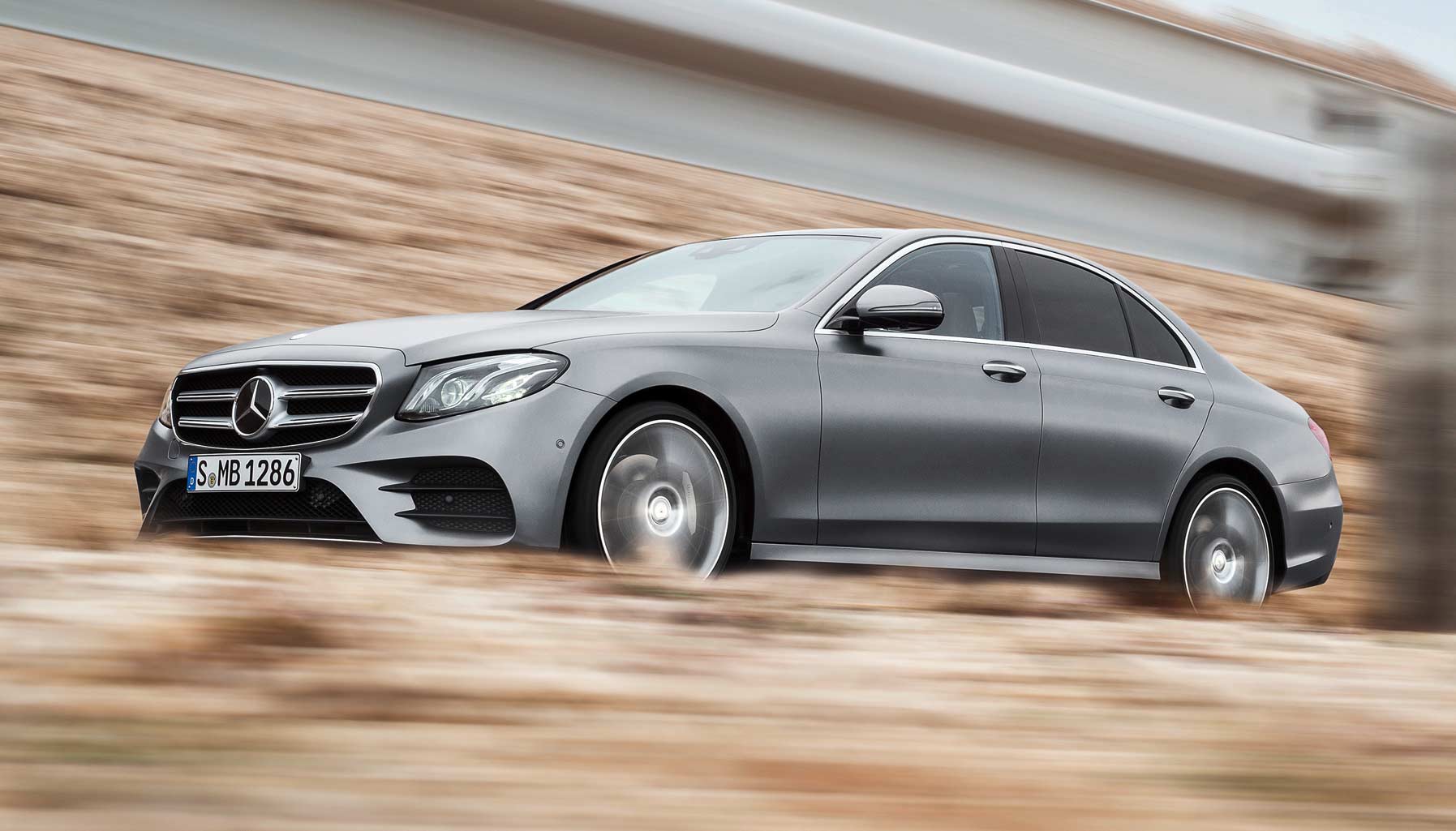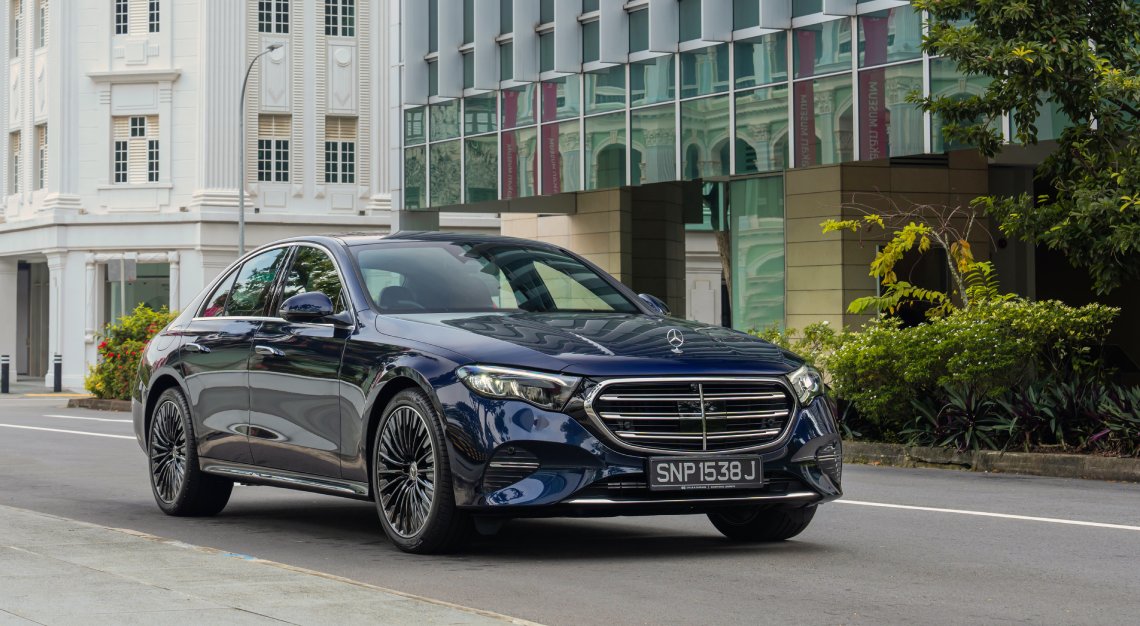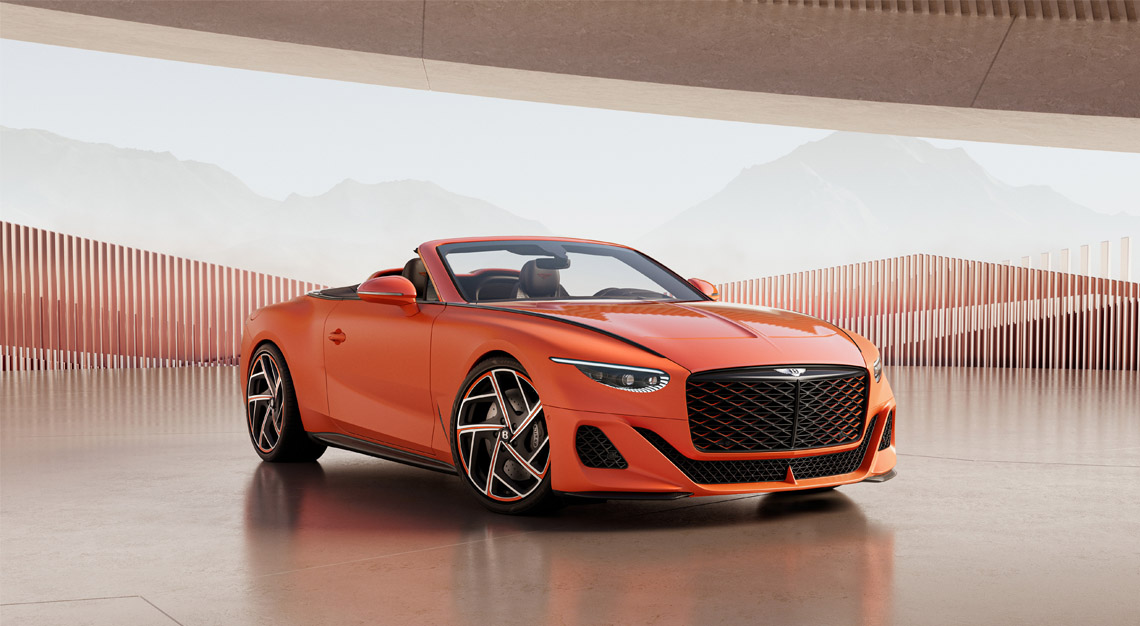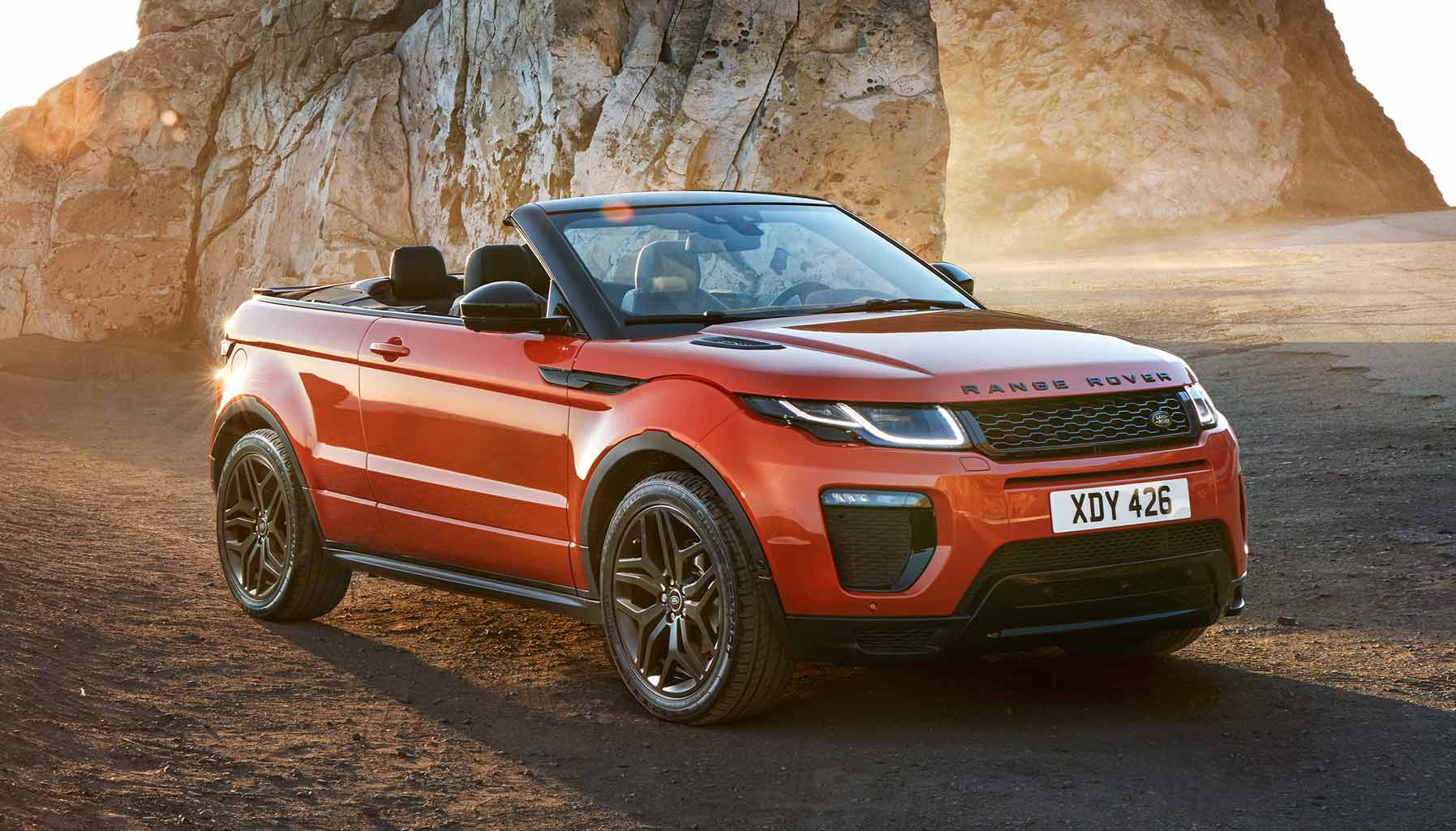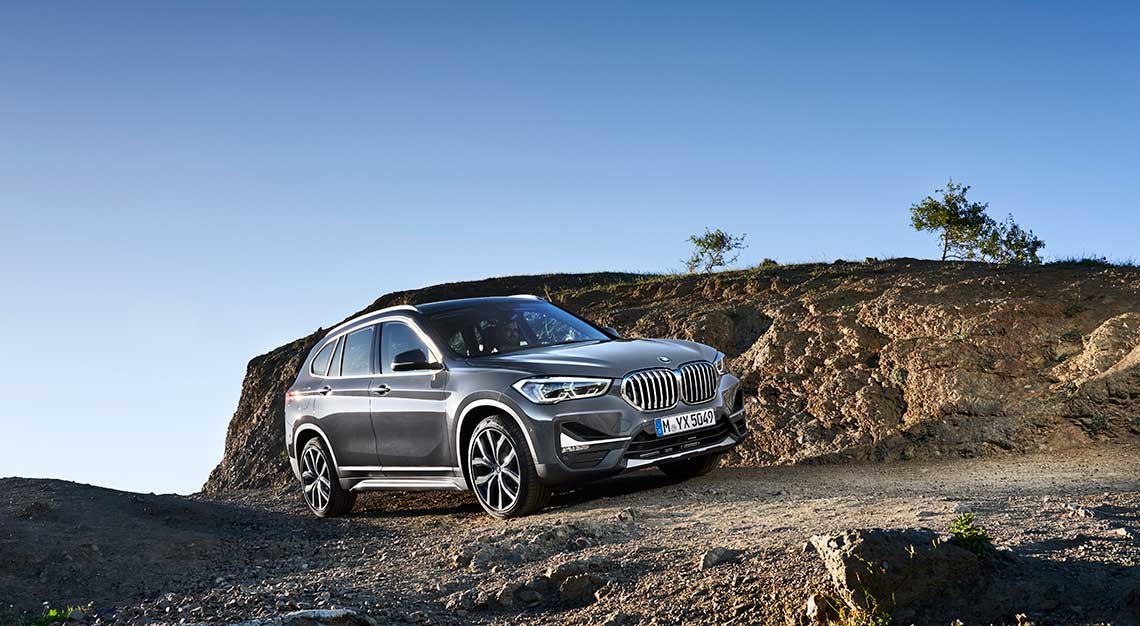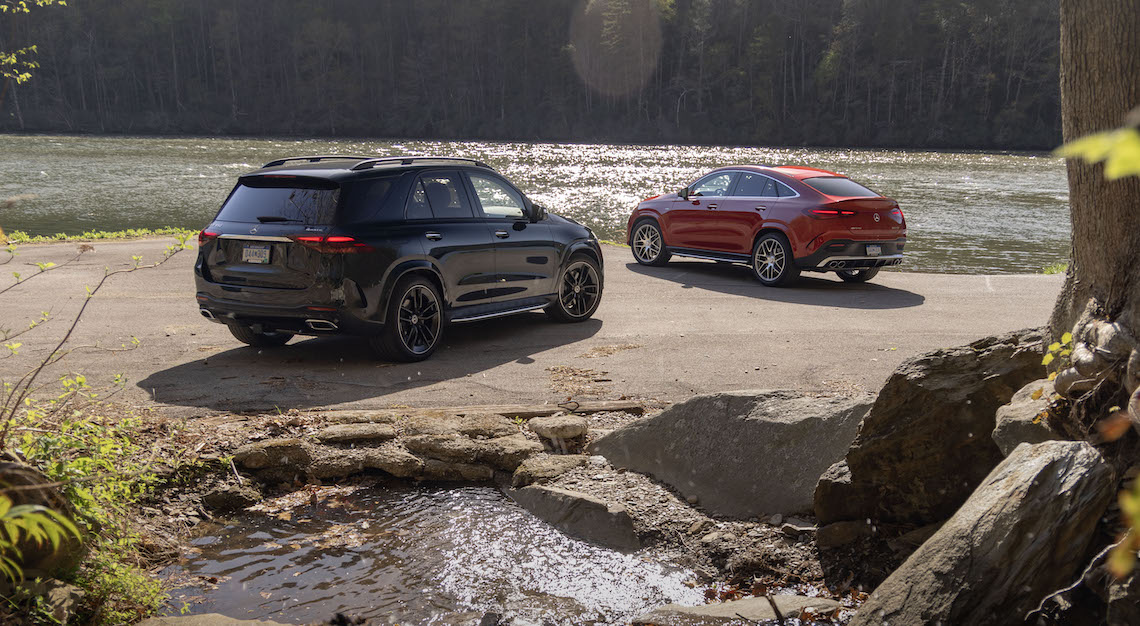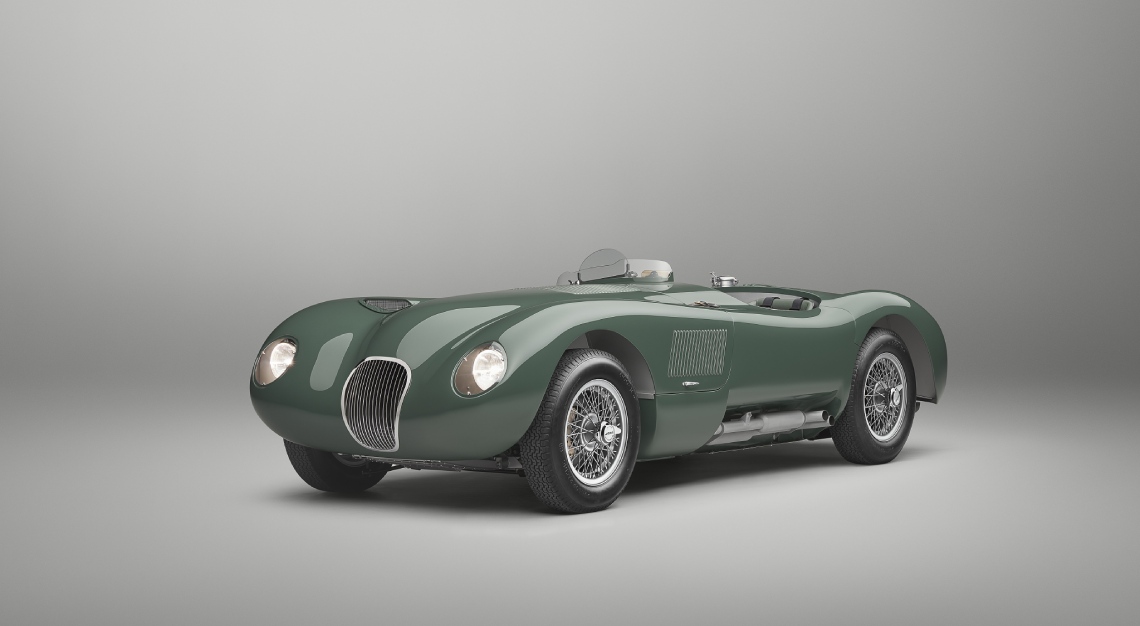Toeing the line
If you’ve spent any time at all in Mercedes-Benz’s previous-generation E-Class, you’ll feel right at home in the mid-sized executive saloon’s fifth outing.
It’s not hugely exciting to look at, but then again, this is an E-Class, and your average E-Class buyer wouldn’t take too kindly to a revolutionary new look.
Immediately familiar though it may be, you might also notice how much quieter the new E-Class is over its predecessor, and how little mechanical and external intrusion there is. Yes, its engine has a bit of a rough burr above 3,000rpm, which contrasts sharply to its refinement otherwise, though this is an issue endemic to most Mercedes-Benz cars equipped with four-cylinder engines. You might also notice the new LED-powered interior ambient lighting, a standard feature on all local E-Class models.
Thankfully, though, it’s configurable in one of 64 colours, including retina-melting pink, electric blue, gold or white, depending on your fancy. You can turn it off entirely if you feel the LED lighting doesn’t go well with the businesslike wood trim.
Also new is the addition of what Mercedes-Benz calls a “widescreen cockpit”, a fancy way of describing a massive, monolithic flatscreen panel that incorporates the infotainment display and dashboard. It costs S$4,100, but to have it, you’ll also have to opt for the COMAND Online system (S$11,200), which among other things adds Bluetooth telephony, satellite navigation and a wireless charging dock for your smartphone.
Whether that’s a frivolous purchase or not is entirely dependent on your point of view, but it’s a striking addition to an otherwise conservative cockpit.
Other familiar elements include its personality, which errs on the side of placid. The E-Class still rides with a sort of luxury limo-like pliancy, and there’s a sophistication to the suspension’s damping that belies its mid-sized, mid-priced status.
Its steering now has less of a dead spot just off-centre, with consistent weighting lock- to-lock. Plus, the rack has decent accuracy, though if you’re the sort who likes to burn rubber during your commute, the E-Class probably isn’t the best car to be doing it in. In all fairness, though, its main rivals, in the form of the Audi A6 and BMW 5 Series, aren’t too far ahead in the dynamics stakes. Whether this is an indictment of how far its traditionally sportier competitors have regressed or how far Mercedes-Benz has progressed is open to debate, however.
On the topic of progress, it’s an opportune time to bring up how, despite its familiarity, the new E-Class is a different beast to its predecessor. Its new chassis is 70kg lighter than before, incorporating aluminium in its bonnet, boot lid and some other body panels.
This new lightweight architecture also makes it stiffer, something which Mercedes-Benz says allows it to achieve the seemingly contradictory goals of improved handling and comfort. A stiff chassis will flex less, meaning more confident cornering, will creak less and its suspension rates can be lowered because it doesn’t have to compensate so much for a car’s inherent structural weaknesses.
More news on the drivetrain front, too. In the E200, the only variant to be sold here through official channels, the two-litre turbocharged engine that develops 181bhp is familiar enough, but the nine-speed automatic gearbox is new and it’s a gem. As with the rest of the chassis, the transmission is silky, serving imperceptible upshifts and downshifts. However, in more parallels with the rest of the car, the nine-speeder doesn’t like to be hurried, and while it can be driven hard, in a pinch, the E200 makes it abundantly clear that’s something it’d rather not be doing. It makes its displeasure clear by delivering ponderous upshifts and lurching downshifts. This shouldn’t come as any sort of surprise because any E-Class that doesn’t have an AMG badge on it never had any sort of sporting pretensions.
The newest E-Class is just as much of an E-Class as it ever was, but it crucially smooths over many of the rough edges its predecessor had (mediocre drivetrains, a wobbly chassis and dreary, geriatric interiors, for instance).
If you’re a cynic, you’ll say the new E-Class feels too familiar and too middle-of-the-road to be exciting, but that’s precisely the point.
Your average E-Class buyer isn’t interested in a new E-Class, as it were, nor is he interested in an exciting one.
No, what he wants is more of the same, and boy, has this E-Class delivered on that front.
